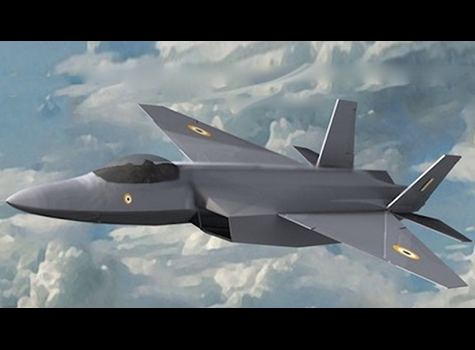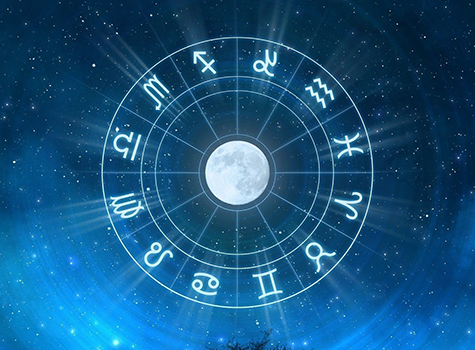By Dr. Maha Gingrich

Recently, I am seeing major changes in the relationship of guru and the student. Unless you are learning classical dances, this relationship does not even exist. If you are learning classical dances, you will have a consistency in relationship between guru and the student as it takes 7 to 9 years to learn these dance styles. If not, you will learn a quick Bollywood dance for a month here and there to be on the stage for a show or a festival. So, what happened to the Guru-Shishya Parampara? When you search for the meaning of Guru-Shishya Parampara, this is what we find: The guru–shishya tradition, or parampara (“lineageâ€), denotes a succession of teachers and disciples in traditional Indian culture and religions such as Hinduism, Jainism and Buddhism (Tibetan and Zen tradition).
If it is a succession plan, then all the classical dance teachers are in trouble in the USA as most of our students complete their arangetrams (dance graduations) before they graduate from high school. Then they leave for college eliminating any chances of succession.
Thousands of years ago in India, the Gurukul system laid out norms for the complex and fascinating relationship between the teacher and student. Because the fine arts are a spiritually uplifting experience, the guru came second only to god, and hence the sloka, Guru Bramha, Guru Visnu, Guru deva Maheshwara, Guru sakshat Parabramha tasmayee shri gurave namaha. Here the sloka compares the guru to the greatest undivided power or energy that forms the base of creation itself and combines the forces of the Creator, the Destroyer, and the Preserver according to the Vedic beliefs.
As time has passed, however, there have been progressive changes in the system. I still remember, I had to show my worthiness to learn Kuchipudi, from my guru’s guru. After showing our dances to the level we have learned, he chose to teach me and said “no†to others.
This transmission of privileged knowledge required the student’s demonstration of serious commitment, uniqueness, ability to learn, and potential to carry on the teachings of the guru.
Students spent an extensive amount of time every day with the gurus aspiring to be like them. They even learned other art forms such as music to enhance their understanding and practice of dance. Guru not only taught dancing, but also taught life lessons.
During these times of instant gratification, even though you do have many dedicated classical dancers, the time younger students dedicate to dancing has diminished due to their school and social activities.
So, where does that leave these kids when it comes to having a lifelong mentor/guru? As we all agree, the role of a teacher, mentor or guru is crucial in dance or any other field.
The teacher-student relationship is a revered one all through the world. In recent times, due to the institutionalization of dance education, it took away the role of the traditional gurus and the Guru-Shishya Parampara in most parts of India.
Also, due to the inconsistent transition from tradition to modernity, there is still a lot of confusion in this field. On one hand, some parents raised with traditions know the value and quality of a dance form. They go to any lengths to ensure their children learn the traditions of these classical dance forms in their most possible purest form. On the other hand, some just want it to be something quick and easy to check a box of completion.
However, all of us at some point in our career or life looked for mentors or individuals who have accomplished a lot in life. Many aspire to be like them. As stated in ancient scriptures, guru is the beacon of light that dispels the gloom of ignorance.
Considering the rigorous training over many years and a meticulous technique of codified movements that are required to be a good Indian classical dancer, it seemed necessary for this kind of relationship to exist for a deeper experience.
Tradition has a powerful timeless quality, which is thought to be such as it encompasses and fuses the past and the present.
We can see the Guru-Shishya relationship, any way we wish to see. You can call it an ancient and old practice that is not relevant to modernity, or you can say it is essential for the betterment of our community and culture.
Dance and Veda place a high value on cognition, intellectual knowing and comprehension. A successful dancer has gone through a regimented learning process creating a trained body and allowing the dancer to grasp knowledge, retain the facts and develop the power of discipline using right and left brains.
This concept is now being implemented in the modern world. Every organization seeks mentoring opportunities to better our community and the youth. May it be work, Yoga or dance, I hope we continue to be inspired by a guru’s teachings or a mentor’s advice.
And as gurus and mentors, I hope we will continue to impart our knowledge to develop the next generation of learners and leaders.
For questions or comments, contact Dr. Maha Gingrich via email at GingrichMaha@gmail.com



